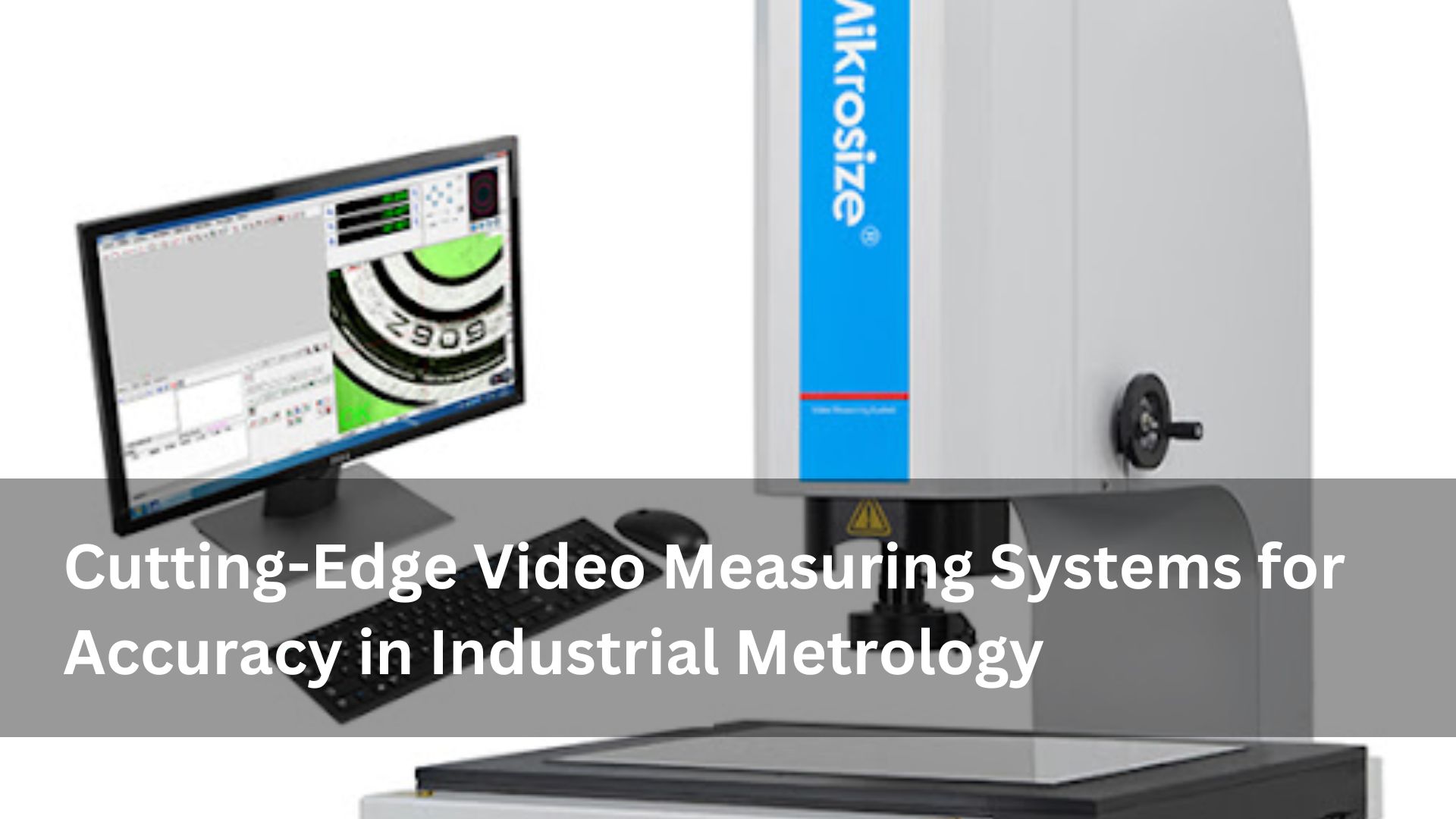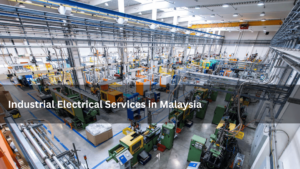As industries demand higher standards of accuracy and quality, traditional measurement tools are giving way to more advanced solutions. Among these, video measuring systems have emerged as a critical technology in the field of industrial metrology. These systems combine high-resolution cameras, precision optics, and advanced software algorithms to deliver precise and repeatable measurements. Whether for quality control, inspection, or reverse engineering, video measuring systems are transforming how manufacturers ensure accuracy and consistency.
In this comprehensive guide, we delve into the capabilities, applications, and benefits of video measuring systems for various industrial sectors. We will also explore how these systems compare with traditional tools and what features to look for when choosing a solution for your facility.
What Are Video Measuring Systems?
Video measuring systems are non-contact metrology instruments that use video cameras and sophisticated image processing to capture and analyze the dimensions of objects. These systems often include:
High-resolution digital cameras
Precision optical lenses
LED lighting systems
Motorized or manual stage movements
Measurement and analysis software
They are used to measure lengths, diameters, angles, radii, and other geometric features with exceptional accuracy. The non-contact nature of video measuring systems makes them ideal for delicate or soft components that might be damaged by traditional probes.
Key Benefits of Video Measuring Systems
The adoption of video measuring systems is driven by their many advantages over conventional measuring tools:
High Accuracy: Achieve micron-level measurement precision.
Non-Contact Measurement: Ideal for sensitive, flexible, or soft materials.
Speed and Efficiency: Automated measurements reduce time and human error.
Data Documentation: Digital reporting and image capture capabilities.
Versatility: Suitable for a wide range of materials and component shapes.
These benefits make video measuring systems indispensable in high-precision manufacturing environments.
Applications of Video Measuring Systems in Industry
Video measuring systems are widely used across various industries, including:
Electronics: Measuring PCB components, connectors, and microchips
Automotive: Inspecting gears, shafts, and molded parts
Medical Devices: Ensuring compliance in implants and surgical tools
Aerospace: Verifying tight tolerance parts and assemblies
Plastics and Rubber: Measuring deformation and part dimensions
In each of these industries, video measuring systems help maintain quality standards and improve production efficiency.
Components and Technology Behind Video Measuring Systems
To deliver precise results, video measuring systems rely on a combination of advanced technologies:
Cameras: High-resolution sensors ensure accurate imaging.
Lenses: Telecentric lenses reduce distortion for better edge detection.
Illumination: Programmable LED lighting provides uniform and adjustable light.
Stages: Motorized stages enable automated scanning and multi-axis measurements.
Software: Image recognition, edge detection, and pattern matching tools process and analyze data.
Each component plays a crucial role in enhancing the overall accuracy and reliability of the system.
Comparing Video Measuring Systems with Traditional Metrology Tools
When evaluating inspection tools, it’s important to compare video measuring systems with traditional methods like calipers, micrometers, and CMMs (coordinate measuring machines):
Accuracy: Video systems provide superior precision in 2D measurements.
Speed: Faster than manual inspection tools.
Ease of Use: Intuitive software interfaces reduce the learning curve.
Documentation: Automatic data recording supports traceability.
Cost Efficiency: Lower operational costs due to reduced inspection time.
While CMMs are better suited for 3D measurements, video measuring systems excel in rapid, high-accuracy 2D inspections.
How to Choose the Right Video Measuring System
Choosing the right video measuring system depends on several factors:
Measurement Requirements: Consider size, resolution, and accuracy needs.
Component Size: Ensure the stage can accommodate your largest parts.
Software Features: Look for easy reporting, automation, and CAD import capabilities.
Budget: Evaluate total cost of ownership, including maintenance and training.
Vendor Support: Opt for suppliers that offer strong technical support and calibration services.
Evaluating these criteria helps ensure that the chosen video measuring system aligns with your production goals.
Integration with Industry 4.0 and Smart Manufacturing
Modern video measuring systems are compatible with Industry 4.0 initiatives, offering connectivity features such as:
IoT Integration: Real-time data sharing with manufacturing systems
Cloud Storage: Remote access to measurement data
Predictive Maintenance: Monitoring system performance for proactive servicing
Analytics: Using AI for advanced defect detection and trend analysis
This makes video measuring systems not only tools of precision but also key players in the digital transformation of manufacturing.
Maintenance and Calibration of Video Measuring Systems
To ensure lasting accuracy and performance, regular maintenance and calibration of video measuring systems is essential. This includes:
Routine Cleaning: Keeping lenses, sensors, and stages dust-free
Software Updates: Ensuring the latest features and security patches
Calibration Checks: Verifying measurement accuracy using certified standards
Professional Servicing: Periodic inspections by trained technicians
A well-maintained system ensures consistent performance and reduces the risk of downtime.
Conclusion
Video measuring systems have become essential tools in industrial quality control, offering speed, precision, and digital integration that far surpass traditional methods. As manufacturing processes become more advanced, the demand for accurate, automated inspection solutions continues to grow.
By investing in a high-quality video measuring system, manufacturers can achieve higher productivity, better compliance, and reduced operational costs. Whether you’re in automotive, electronics, medical devices, or aerospace, these systems provide a reliable path toward precision engineering and smart manufacturing. Embrace the power of video measuring systems to elevate your quality assurance to the next level.







